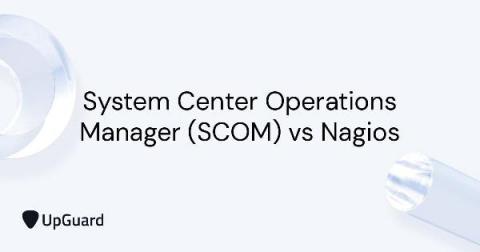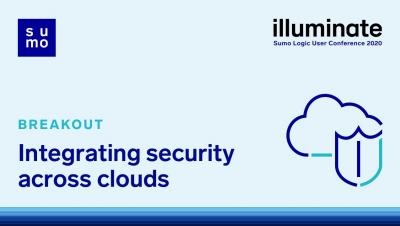System Center Operations Manager (SCOM) vs Nagios
For today’s busy sysadmin, systems health and performance monitoring tools like Microsoft’s SCOM (Systems Center Operations Manager) and the open-source Nagios are invaluable. They enable at-a-glance monitoring of large numbers of servers throughout a network, which is doubly critical in case of a widely geographically dispersed network setup such as in a WAN or MAN. Though they broadly achieve the same goals, SCOM and Nagios come at it from quite different directions.























